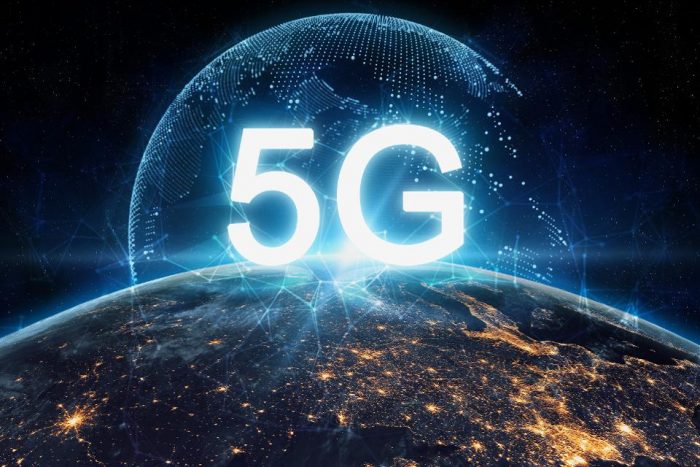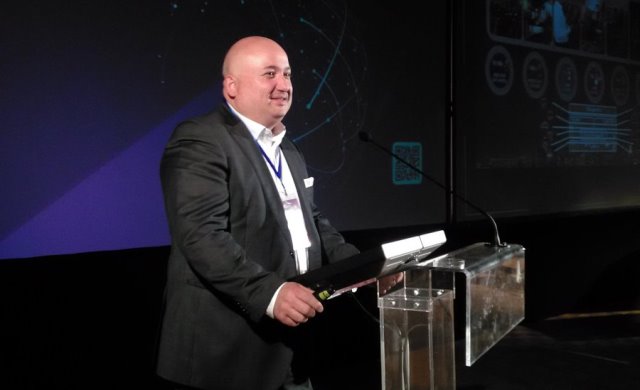5G is expected to reach 80 million subscriptions in the Middle East and North Africa (Mena) region by 2025, representing 10 percent of total mobile subscriptions, data in the June 2020 edition of the Ericsson Mobility Report has found. The report predicts that as early as 2025, 57% of the global revenues of wireless multimedia content will be generated using 5G networks and devices connected to the 5G.

A very important example will be that thanks to the low latency of these networks no video will stop and the download of large files will be very fast. The 5G will accelerate content consumption and will enhance experiences with a wide range of new immersive and interactive technologies.
The spread of Covid-19 during the first part of 2020 has impacted all parts of society, including the telecommunications sector. While 5G subscription growth in some markets has slowed as a result of the pandemic, this is outweighed by other markets where it is accelerating. Commercial 5G deployments launched in the region in 2019 and 5G subscriptions have already surpassed 500,000, mainly in the Gulf countries.
Fadi Pharaon, president of Ericsson Middle East and Africa, said: “As consumers and enterprises adopt new digital behaviors imposed by Covid-19 lockdowns, an increased focus has emerged for mobile and fixed networks as central components of critical national infrastructure. The report reiterates the importance of new technologies such as 5G, not just in the evolution of communication but in terms of support for businesses and societies during remote work times.”

In the Mena region, around 23 per cent of mobile subscriptions were for LTE at the end of 2019. The region is anticipated to evolve over the forecast period, and by 2025, 77 per cent of mobile subscriptions are expected to be for mobile broadband. In fact, the region is expected to have one of the highest growth rates in mobile data usage during the forecast period, increasing total mobile data traffic by a factor of almost nine between 2019 and 2025. The average data per smartphone is expected to reach 23GB per month in 2025.
In a recent study conducted by Ericsson Consumer Lab, 83 per cent of the respondents from 11 countries state that ICT has helped them to cope with the Covid-19 lockdown. The results show an increased adoption and usage of ICT services, such as e-learning and wellness apps, that have helped consumers adapt to new realities, underpinned by connectivity.
In times of crisis, when connectivity is important for consumers to carry out work and leisure-related activities, expectations for better network experiences become higher. Six in 10 smartphone users have a clear positive attitude towards the role 5G could have played during the crisis, and about half of them strongly agree that 5G could have offered both better network capacity and higher speeds compared to 4G. They also believe that society overall could have benefited from 5G.
5G will use unique radio frequencies (from 30 GHz to 300 GHz) to achieve what 4G (below 6 GHz) networks cannot. The 5G uses shorter wavelengths, thus smaller antennas than the existing antennas (4G) while providing precise directional control, this will support over 1,000 devices per meter (5G), compared to that supported by 4G, transmitting compared to 4G ultra-fast data to many more users, with high accuracy and low latency.



![The Top & Most Popular Seafood Bucket Restaurants in Dubai for you [Never Miss]](https://uae24x7.com/wp-content/uploads/2020/09/8-seafood-in-a-bucket-scaled-e1600739237403.jpg)
![Procedures for Renewing the Driving License in Abu Dhabi [3 Simple Steps]](https://uae24x7.com/wp-content/uploads/2020/07/Capture-9-e1595666454466.jpg)





